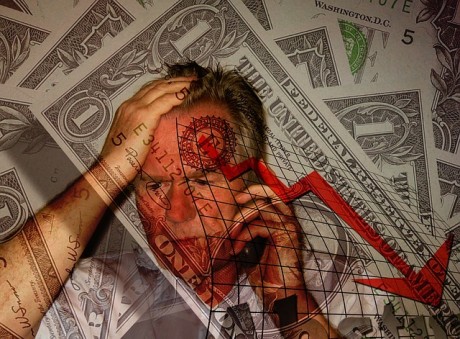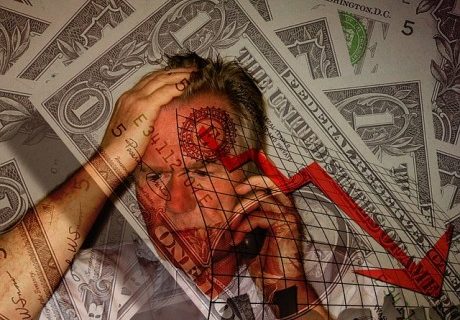Things continue to line up in textbook fashion for a major financial crisis by the end of 2015. This week, Wall Street has been buzzing about the first “death cross” that we have seen for the Dow since 2011. When the 50-day moving average moves below the 200-day moving average, that is a very important psychological moment for the market. And just like during the run up to the stock market crash of 2008, we are starting to witness lots of wild swings up and down.

The Dow was up more than 200 points on Monday, the Dow was down more than 200 points on Tuesday, and it took a nearly 700 point roundtrip on Wednesday. This is exactly the type of behavior that we would expect to see during the weeks or months leading up to a crash. As any good sailor will tell you, when the waters start getting very choppy that is not a good sign. Of course what China is doing is certainly not helping matters. On Wednesday, the Chinese devalued the yuan for a second day in a row, and many believe that a new “currency war” has now begun.
So what does all of this mean?
Does this mean that the time of financial “shaking” has now arrived?
Let's start with what is happening to the Dow. When the 50-day moving average crosses over the 200-day moving average, it is a very powerful signal. For example, as business Insider has pointed out, if you would have got into stocks when the 50-day moving average moved above the 200-day moving average in December 2011, you would have experienced a gain of 43 percent by now…
The Dow Jones Industrial Average has been on an unrelenting upward trajectory since its October 2011 low.
The signal that convinced many traders that the market was now moving with a bullish bias was when the 50-day moving average of the index price rose above the 200-day moving average a couple of months later at the end of December.
Since then the market rallied 6,200 points to a high of 18,333 before pulling back to last night's close of 17,404. That's a gain of around 43% even though the market is 5% off its high.



